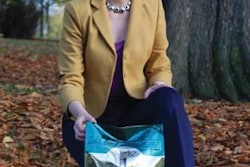The objective of the study was to evaluate epidemiological data derived from 2,735 canine uroliths received by Hill’s Pet Nutrition from Spain and Portugal between January 2004 and December 2006. The results of quantitative analysis by the Minnesota Urolith Center were compared with those from other countries. Interrelations of mineral composition, age, breed and gender were also determined.
The most frequent calculus was calcium oxalate (38.1%) followed by struvite (32.9%). Eighty-three breeds plus crossbreeds (25%) were identified. In all but Dalmatians, calcium oxalate and struvite accounted for 71–78%. The mean age of urolith appearance was 7.6 years. There was a significant difference in the frequency of different urolith composition among the six most common breeds presenting urolithiasis in Spain and Portugal (Yorkshire Terrier, Miniature Schnauzer, Cocker Spaniel, Poodle, Shih Tzu and Dalmatian).
This is the first report on xanthine urolithiasis found in Spain. Prevalence of cystine calculi was significantly lower (3.2%) than that reported previously in parts of Spain (26%).
Source : D. Vrabelova et al., 2011. Analysis of 2735 canine uroliths in Spain and Portugal. A retrospective study: 2004–2006. Res Vet Sci 91: 175-332. doi:10.1016/j.rvsc.2010.12.006


.png?auto=format%2Ccompress&fit=crop&h=167&q=70&w=250)










